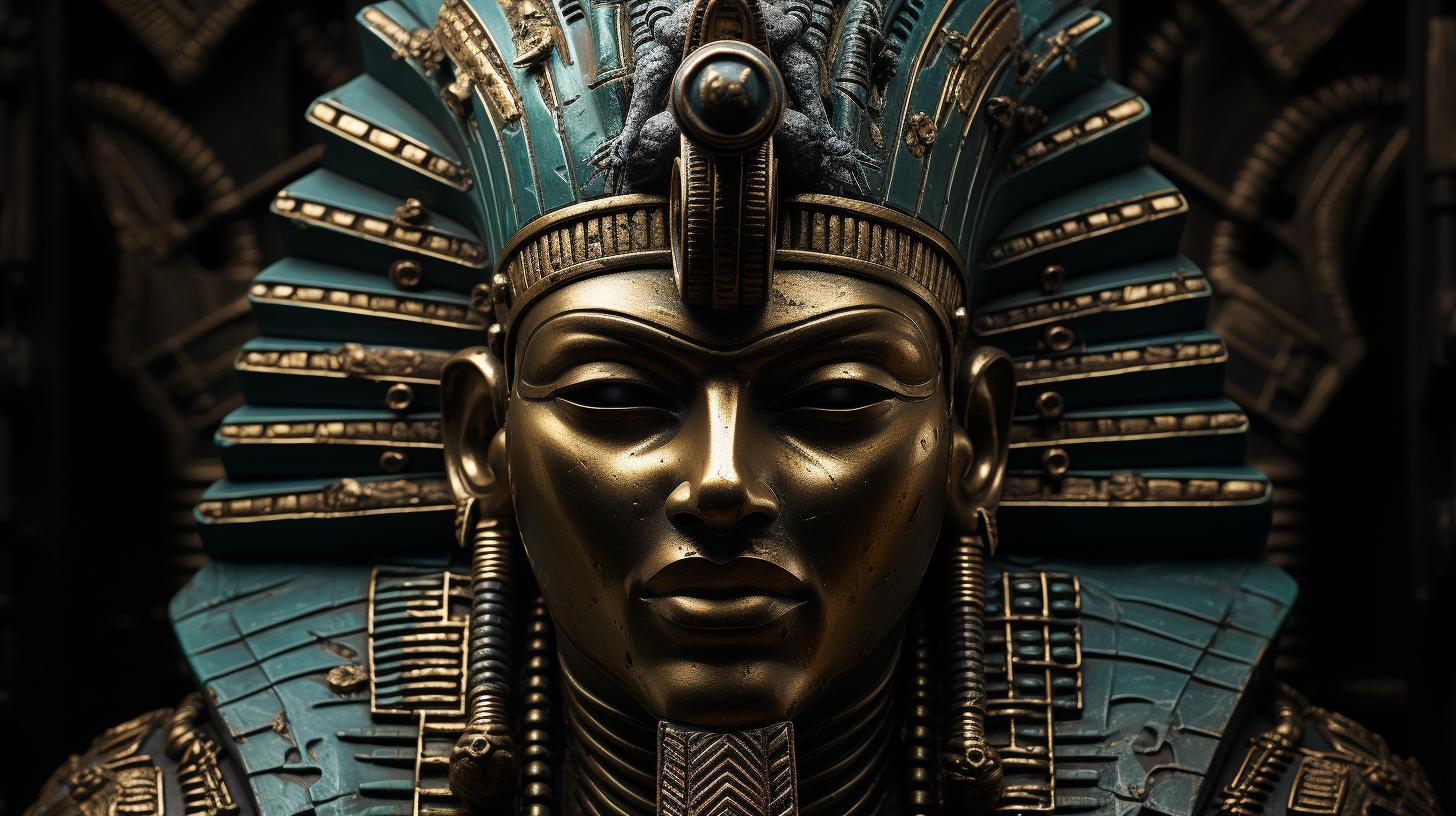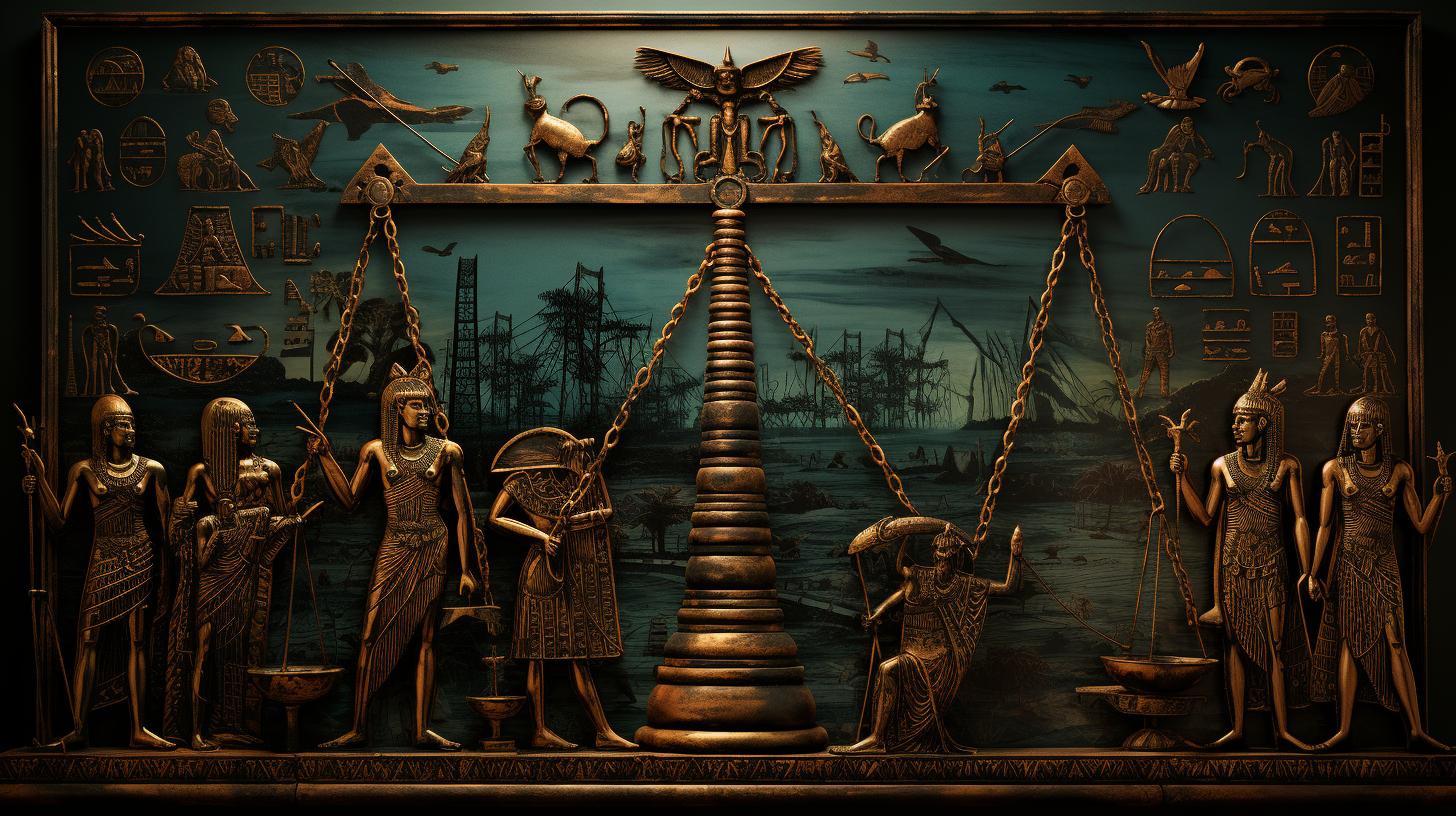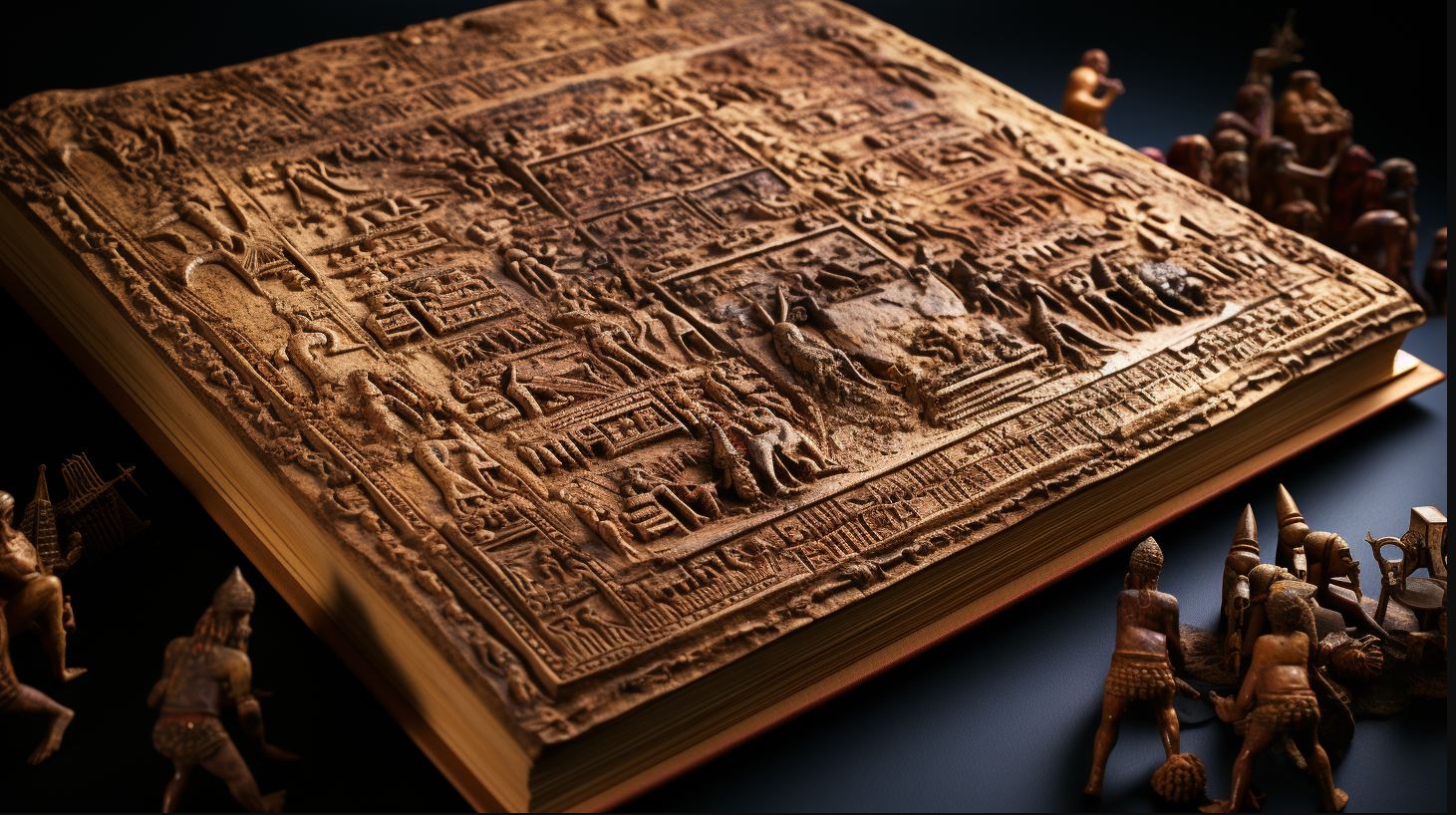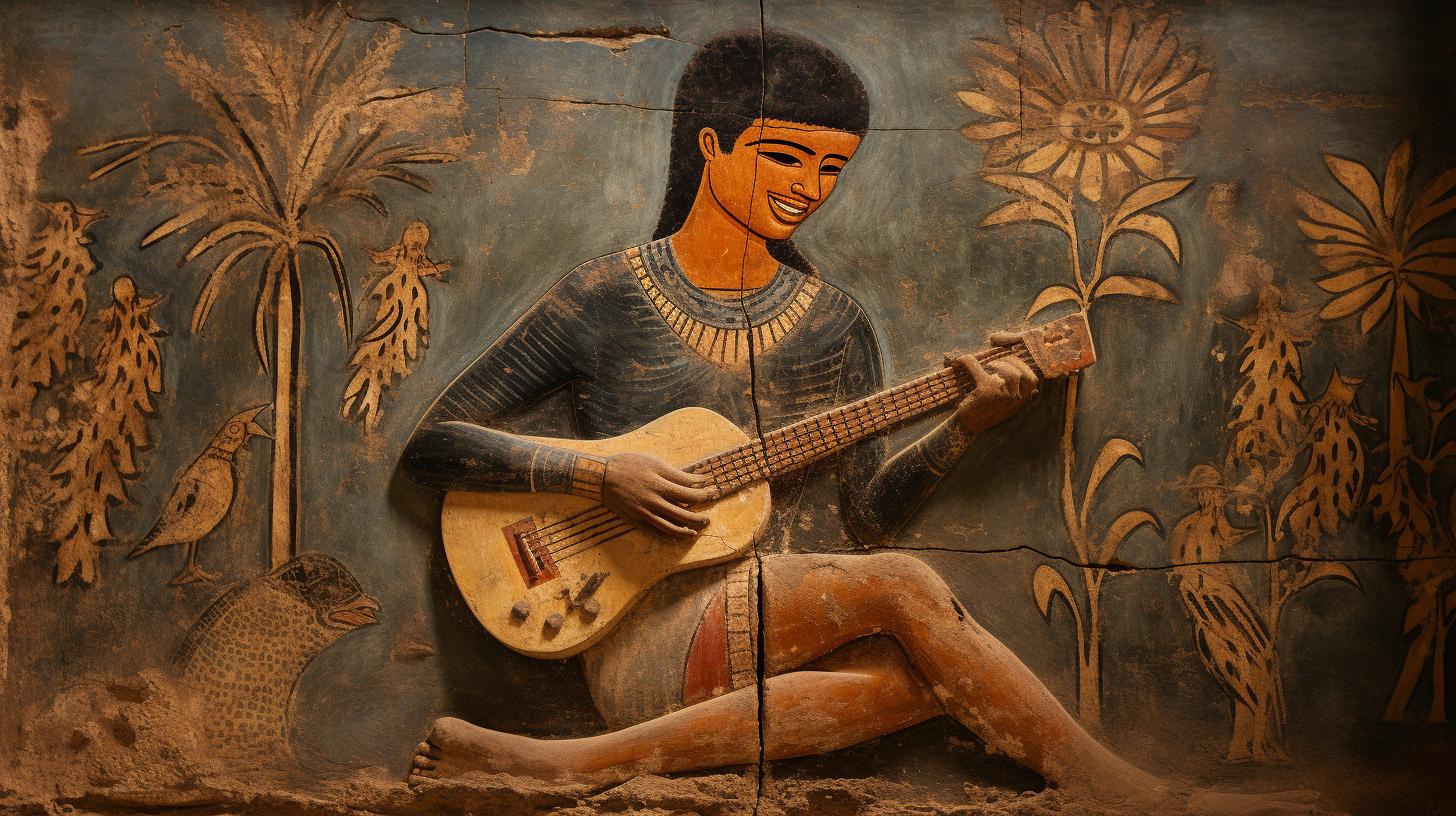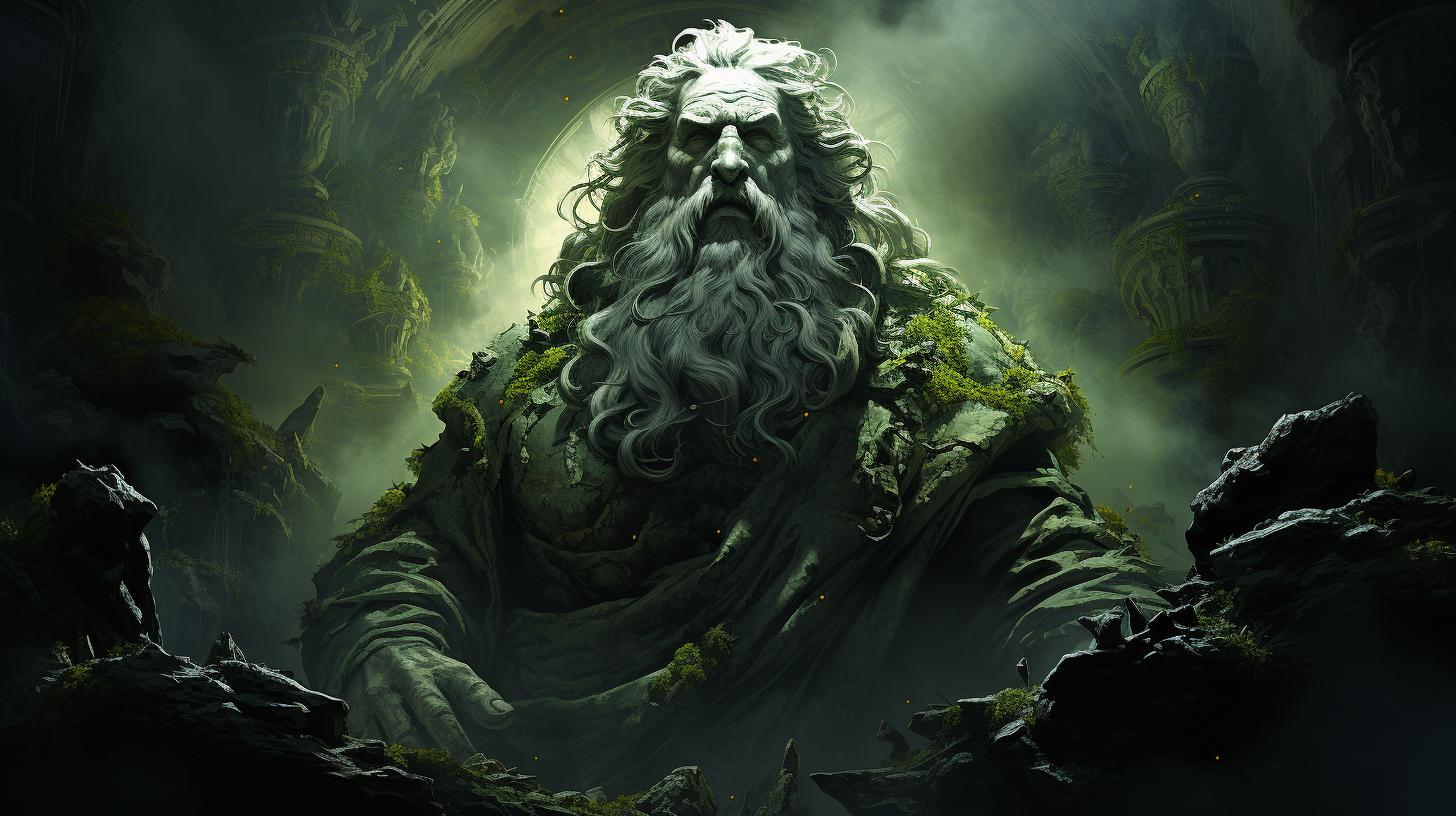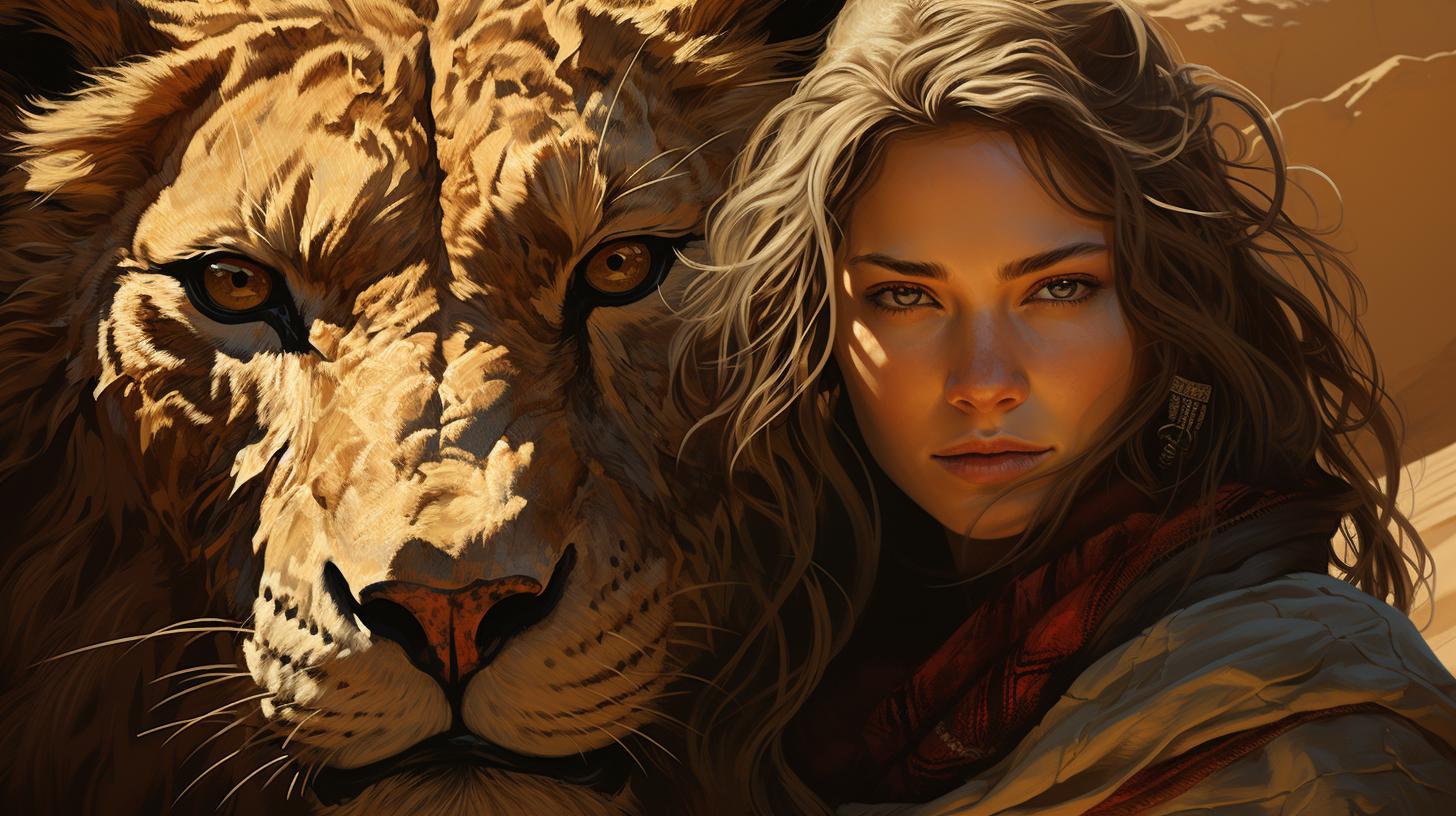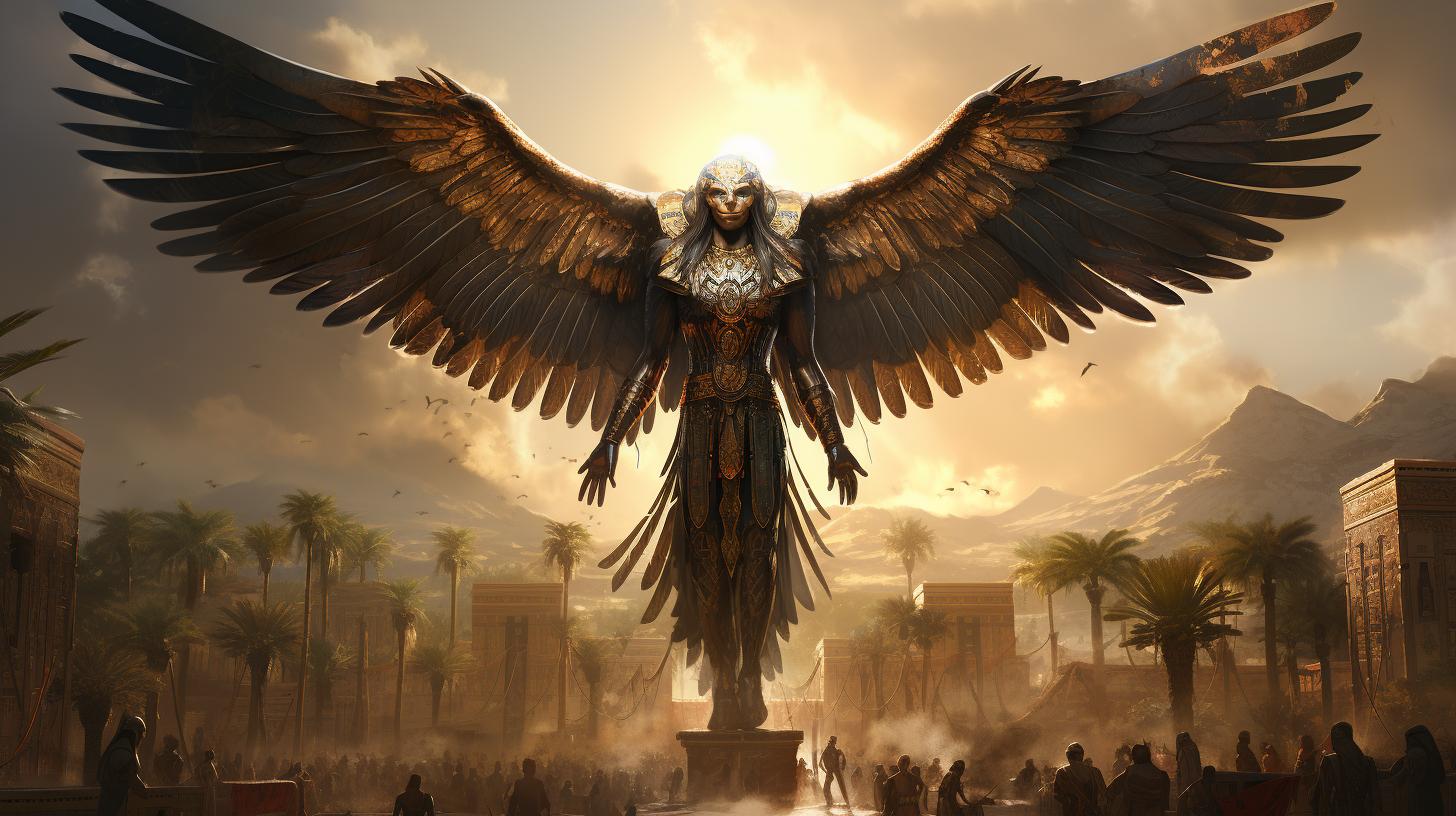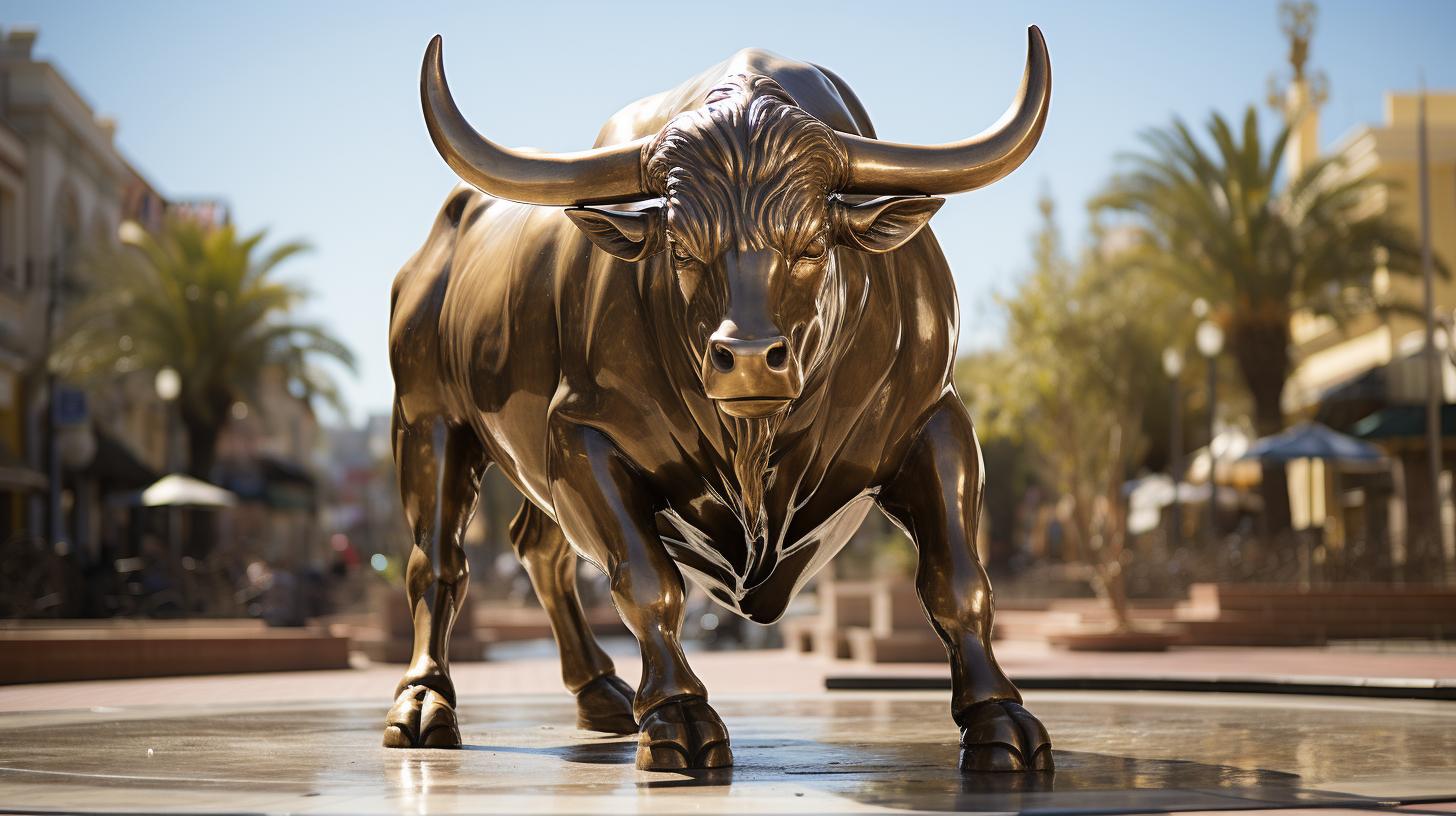Sobek and Anubis Relationship: The Brotherhood between Two Egyptian Deities
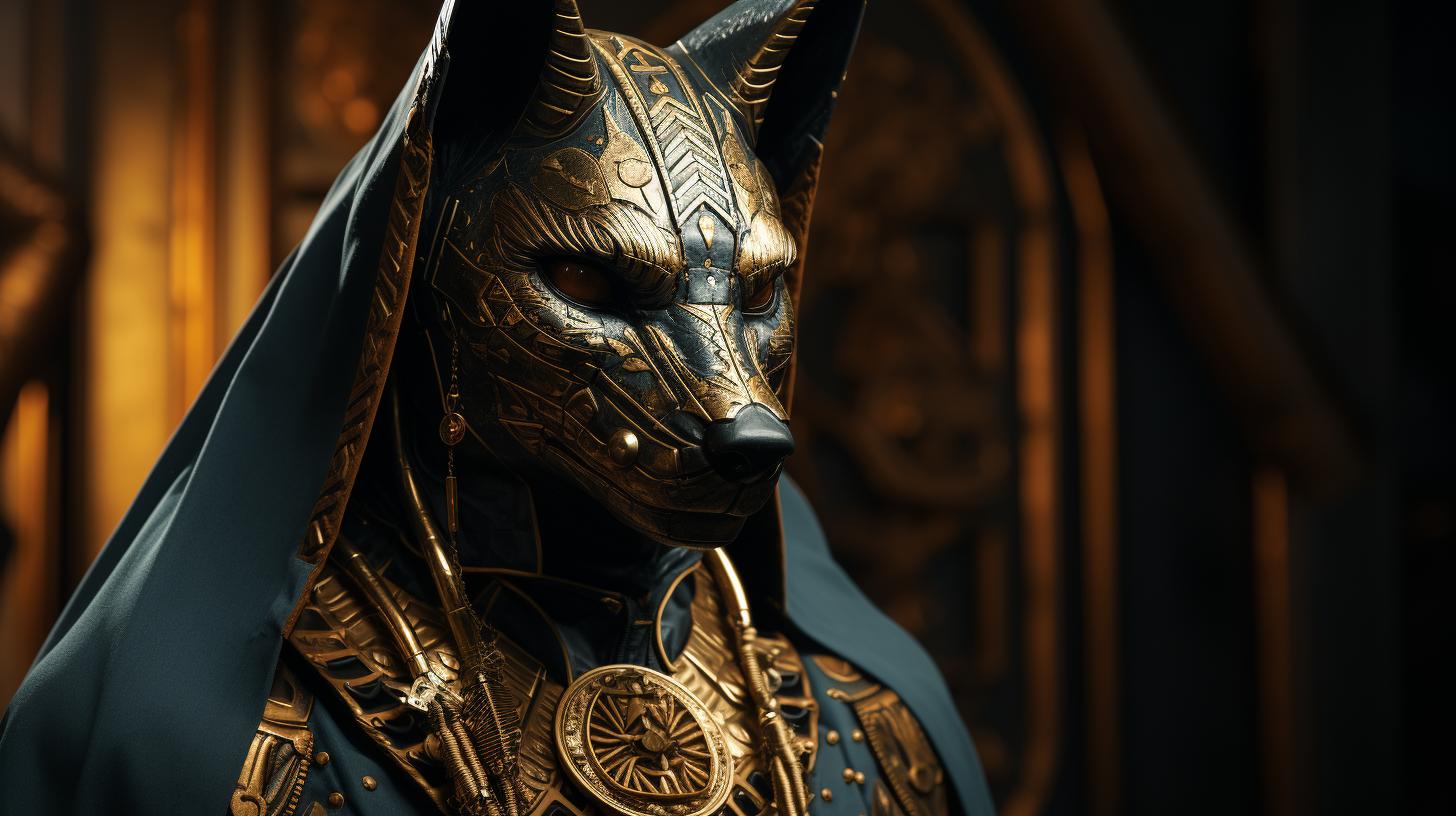
Sobek and Anubis were two of the most important gods in Ancient Egyptian mythology. Sobek was the god of fertility and protection, while Anubis was the god of embalming and the dead.
The two deities had a close relationship, as they were considered brothers and often worked together to protect the people of Egypt. In this article, we will explore the history and relationship between Sobek and Anubis, as well as their significance in ancient Egyptian culture.
Sobek: The Crocodile God
Sobek is a significant god in Ancient Egyptian mythology. He is often depicted as a crocodile, or as a man with the head of a crocodile. Sobek represented fertility, protection, and the power of the pharaoh.
His connection with the Nile River made him an important figure in Egyptian culture, as he was believed to protect the people from its dangers.
Sobek’s Appearance and Attributes
While Sobek was usually depicted as a crocodile, he was also represented as a man with a crocodile head. He was known for his strength and fierce demeanor, which made him a symbol of protection and power.
Sobek was believed to have healing powers, and was often associated with medicine and curing diseases.
Sobek’s Importance in Ancient Egyptian Society
Sobek’s role in Ancient Egyptian society was significant, as he was regarded as a deity of protection and fertility. He was believed to be responsible for maintaining order, and to have a close relationship with the pharaoh.
Many temples and shrines were dedicated to Sobek and his worship was widespread. He was also closely associated with Ra, the sun god, and was considered to be a vital force in Egyptian mythology.
Sobek’s Relationship with Other Gods
Sobek had various relationships with other gods in Ancient Egyptian mythology. He was closely associated with Anubis, whom he was believed to have a brotherly relationship with. Sobek was also connected to the goddess Tawaret, who was associated with the protection of women and childbirth.
Sobek’s influence in Ancient Egyptian society cannot be overstated. He was an important figure in the culture of the time and was revered and worshipped by many. Sobek’s story serves as a reminder of the deep connection between mythology and history in Ancient Egypt.
Anubis: The God of Embalming and the Dead
Anubis was an important deity in Ancient Egyptian mythology, often depicted with the head of a jackal and the body of a man. He was associated with mummification and the dead, making him a crucial figure in funerary rites and rituals.
In this section, we will explore Anubis‘ appearance and attributes, his role in Ancient Egyptian society, and his relationships with other gods.
Anubis‘ Appearance and Attributes
Anubis was typically depicted with the head of a jackal, which symbolized death and the afterlife in Ancient Egyptian culture. His body was human-like, representing his role as a guide for the deceased.
Anubis was often portrayed holding a scepter, known as the “was,” which represented power and dominion over the afterlife.
He was also associated with embalming, which involved removing the organs of the deceased and preserving the body for its journey into the afterlife. Anubis was said to oversee the process of mummification and embalming, as well as the weighing of the heart during the judgment of the dead.
Anubis‘ Role in Ancient Egyptian Society
Anubis played a vital role in Ancient Egyptian society, particularly in funerary rites and rituals. He was regarded as the protector of tombs and the dead, ensuring that the deceased passed safely into the afterlife.
Additionally, Anubis was believed to guide the deceased through the trials of the afterlife, helping them to navigate through the obstacles they encountered along the way.
His importance in Ancient Egyptian society is evident through the significant role that he played in the creation and maintenance of tombs and temples dedicated to the dead.
Anubis‘s Relationship with Other Gods
Anubis was closely associated with other gods in the Ancient Egyptian pantheon, often appearing alongside them in artwork and mythology. He was said to be the son of Osiris and Nephthys and worked closely with Horus, the god of the sky, in protecting the king and fighting against Seth, the god of chaos.
Additionally, he was closely linked with other gods involved in the process of death and the afterlife, such as Maat, the goddess of truth and justice, and Nekhbet, the vulture goddess who represented motherhood and protection.
Overall, Anubis played a crucial role in Ancient Egyptian mythology and society, serving as a guide and protector for the dead and ensuring their safe passage into the afterlife.
Sobek and Anubis: The Brotherhood between Two Deities
Sobek and Anubis: Their Shared Background and Relationship
Sobek and Anubis were two of the most important deities in Ancient Egyptian mythology. They were regarded as brothers and often worked together to protect the people against the dangers of the Nile.
Sobek was the god of fertility, while Anubis was associated with embalming and the dead. They both had an immense influence in the society of the time as they represented protection and care for the Egyptian people.
Sobek and Anubis in Their Worship and Importance of Ancient Egyptian Society
Sobek and Anubis played essential roles in Ancient Egyptian society. Sobek was widely adored as the protector of the people and had many temples and sanctuaries dedicated to him throughout Egypt.
Anubis, on the other hand, was associated with death and the afterlife and was essential for the proper embalming and burial practices of the Egyptians. The two gods were often worshipped together, especially in the cult of Sobek-Ra, which emerged after the fall of the Old Kingdom.
Sobek and Anubis were both essential in the belief system of Ancient Egyptians and represented the connection between life and death.
Sobek and Anubis in the Creation and the Afterlife
Sobek and Anubis played significant roles both in the creation of the world and the afterlife for the Egyptians. Sobek was associated with the creation of the Nile and was considered a god of medicine capable of curing illnesses.
Anubis, as the god of embalming, was essential to the process of mummification, which was necessary for the afterlife. Together, the two gods represented the cycle of life and death.
Sobek signified the beginning of life with the creation of the Nile, while Anubis represented the end of life with his association with death and the afterlife.
Summing Up
In conclusion, Sobek and Anubis were two of the most important deities in Ancient Egyptian mythology. Their relationship as brothers and their involvement in the creation, afterlife, and worship of Ancient Egyptians made them essential figures of the time.
Their influence and legacy continue to be seen in modern Egyptian culture, popular culture, and religion.
Sobek and Anubis: Their Place in Egyptian Mythology
The ancient Egyptians had a complex mythology that involved a vast pantheon of gods and goddesses. Two of the most significant figures in this pantheon were Sobek and Anubis, who held important roles in the afterlife, as well as the creation of the world and the Nile.
Understanding their roles in Egyptian mythology sheds light on how the ancient Egyptians understood the world, and their place within it.
Sobek and Anubis in Egyptian Mythology
Sobek and Anubis were both major figures in Egyptian mythology, and their stories intertwined with those of other gods and goddesses. Both were associated with the world beyond death, with Sobek being connected to protection and fertility, while Anubis was associated with mummification and guiding souls to the afterlife.
Sobek and Anubis in the Osiris Myth
Anubis played a significant role in the Osiris Myth, which told the story of the god Osiris and his journey to the afterlife. In the myth, Anubis helps Isis, Osiris‘ wife, in her quest to reassemble her husband’s body after he was dismembered by Set, the god of chaos.
Anubis, along with other gods, aided in the embalming process, ensuring that Osiris‘ journey to the underworld was successful.
Sobek and Anubis in the Book of the Dead
The Book of the Dead was a collection of spells and rituals used to guide the souls of the deceased through the afterlife. Both Sobek and Anubis played important roles in this process, with Sobek acting as a protector and Anubis guiding the soul through the various realms of the afterlife.
Many of the spells and prayers in the Book of the Dead were addressed to these deities, highlighting their significance in Egyptian mythology. Overall, Sobek and Anubis played important roles in Egyptian mythology, particularly in regards to death and the afterlife.
Their stories intertwined with those of other gods and goddesses, providing us with a glimpse into how the ancient Egyptians understood the world around them.
The Legacy of Sobek and Anubis in the Modern World
While Ancient Egyptian mythology is no longer actively practiced, the legacy of Sobek and Anubis can still be seen in various aspects of modern society. Here are some examples:
Sobek and Anubis in Modern Egyptian Culture
- Sobek is still considered a symbol of strength and fertility, and his image can be found in many tourist souvenirs, such as pottery, jewelry, and artwork.
- Anubis is still associated with death and the afterlife and frequently appears in television shows and movies about Ancient Egypt.
- The myth of the Osiris cycle, which features both Sobek and Anubis, continues to be an important part of Egyptian culture and is celebrated annually in festivals and rituals.
Sobek and Anubis in Modern Popular Culture
- Sobek has made appearances in popular video games, such as Assassin’s Creed: Origins and Elsword.
- Anubis has been depicted in various television shows and movies over the years, including the popular Stargate franchise.
- The relationship between Sobek and Anubis has been explored in comic books and graphic novels, such as The Anubis Tapestry by Bruce Zick.
Sobek and Anubis in Modern Religion
- While neither Sobek nor Anubis are actively worshiped in modern religion, their influence can still be seen in various spiritual practices.
- Some people still choose to incorporate ancient Egyptian deities into their personal spiritual beliefs and practices, including Sobek and Anubis.
- Modern practitioners of Kemeticism, a revival of ancient Egyptian religion, often honor Sobek and Anubis alongside other deities from the pantheon.
Overall, while the practice of ancient Egyptian religion has largely faded away, the legacy of Sobek and Anubis continues to be felt in various aspects of modern society, from art and pop culture to personal spirituality.
Summary of Sobek and Anubis Relationship
In conclusion, Sobek and Anubis were both important deities in Ancient Egyptian mythology. Sobek was associated with fertility and protection, while Anubis was associated with the dead and embalming.
They were considered brothers and often worked together to protect the people of Egypt. They shared a close relationship that was rewarded with mutual support, which is why they were highly regarded in Ancient Egyptian society.
Sobek and Anubis Relationship in Worship and Mythology
Sobek and Anubis were highly respected in Ancient Egyptian society, with many temples and cults dedicated to their worship. They were also an integral part of many myths and legends, including the Osiris myth and the Book of the Dead.
Their influence spanned across various aspects of society, making them significant figures in Ancient Egyptian culture.
Sobek and Anubis Legacy in Modern Times
Their legacy continues to impact modern society. They are still an important part of Egyptian culture, and their images can be found in various forms of art and media. In addition, their importance extends to modern religions and spiritual practices, where they are sometimes considered as patron deities.
Final thoughts on Ancient Egyptian Mythology and its Deities
Ancient Egyptian mythology is a rich and fascinating subject. The complex pantheon of deities reflects the unique beliefs and values of the Ancient Egyptian people. Sobek and Anubis served as protectors of the people and were venerated for their powers and actions.
Their legacy lives on today through the many stories and images that have survived to this day. As we continue to research and study Ancient Egyptian mythology, its significance and influence remain prominent.
Understanding the beliefs and practices of ancient societies helps us better comprehend the evolution of human history and society…..

